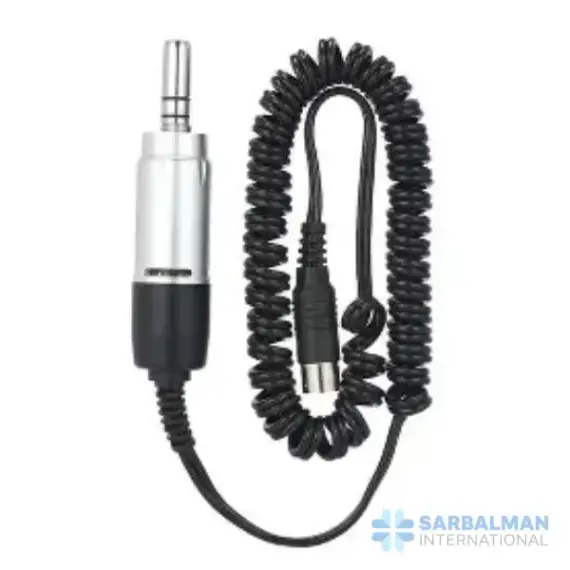Micromotor Handpiece
Free!
A micromotor handpiece is a precision power tool for drilling, grinding, and polishing small parts. It delivers controllable speed, steady torque, and low vibration for accurate, fatigue-free work. Common in dental labs, clinics, jewelry benches, and model shops, it accepts standard finishing tools and pairs with a control unit or foot pedal. Choose it to achieve smooth finishes, quiet operation, and dependable control on metals, resins, ceramics, and wood.
Description
A micromotor handpiece is a compact, powered hand tool used for precise drilling, grinding, shaping, and polishing. It pairs with a control unit that supplies regulated power and speed. Unlike air-driven tools, the motor sits in the handpiece, delivering steady torque at low and high speeds with less vibration and noise. Technicians and clinicians use it when accuracy, smooth finishes, and user comfort matter over long sessions.
Key features and benefits
• Variable speed control for delicate finishing or rapid material removal
• High torque for consistent cutting without stalling on dense materials
• Low vibration and balanced, ergonomic body to reduce hand fatigue
• Quick-change collet or chuck that typically accepts 2.35 mm shank burs and mandrels
• Forward/reverse rotation for threading, finishing, and debris control
• Compatibility with table controls or foot pedals for hands-free speed changes
• Venting and sealed bearings to protect against dust ingress and extend life
Typical applications
• Dental labs: trimming acrylics, adjusting frameworks, polishing restorations
• Clinics and chairside finishing: contouring provisional crowns, smoothing appliances
• Jewelry and watchmaking: engraving, deburring, setting, and mirror polishing
• Podiatry and nail services: debridement and cosmetic finishing under proper protocols
• Model making and small-part manufacturing: precise shaping of metals, resins, and woods
How it compares
• Versus air turbines: more torque at lower speeds, quieter operation, and finer speed control; requires a power unit rather than compressed air.
• Brushless vs. brushed models: brushless designs usually run cooler, last longer, and need less maintenance; brushed versions are budget-friendly and easy to service.
Quality and safety notes
• Look for smooth speed ramping, thermal protection, and overload cut-off.
• Check for electrical safety markings and documentation from the seller.
• Confirm bur size, chuck type, and cord/connector style to match your existing control box or lab system.
• Routine cleaning and lubrication per the manual preserves bearings and accuracy.
This versatile handpiece suits any workspace that demands clean edges, controlled material removal, and reliable daily performance.




